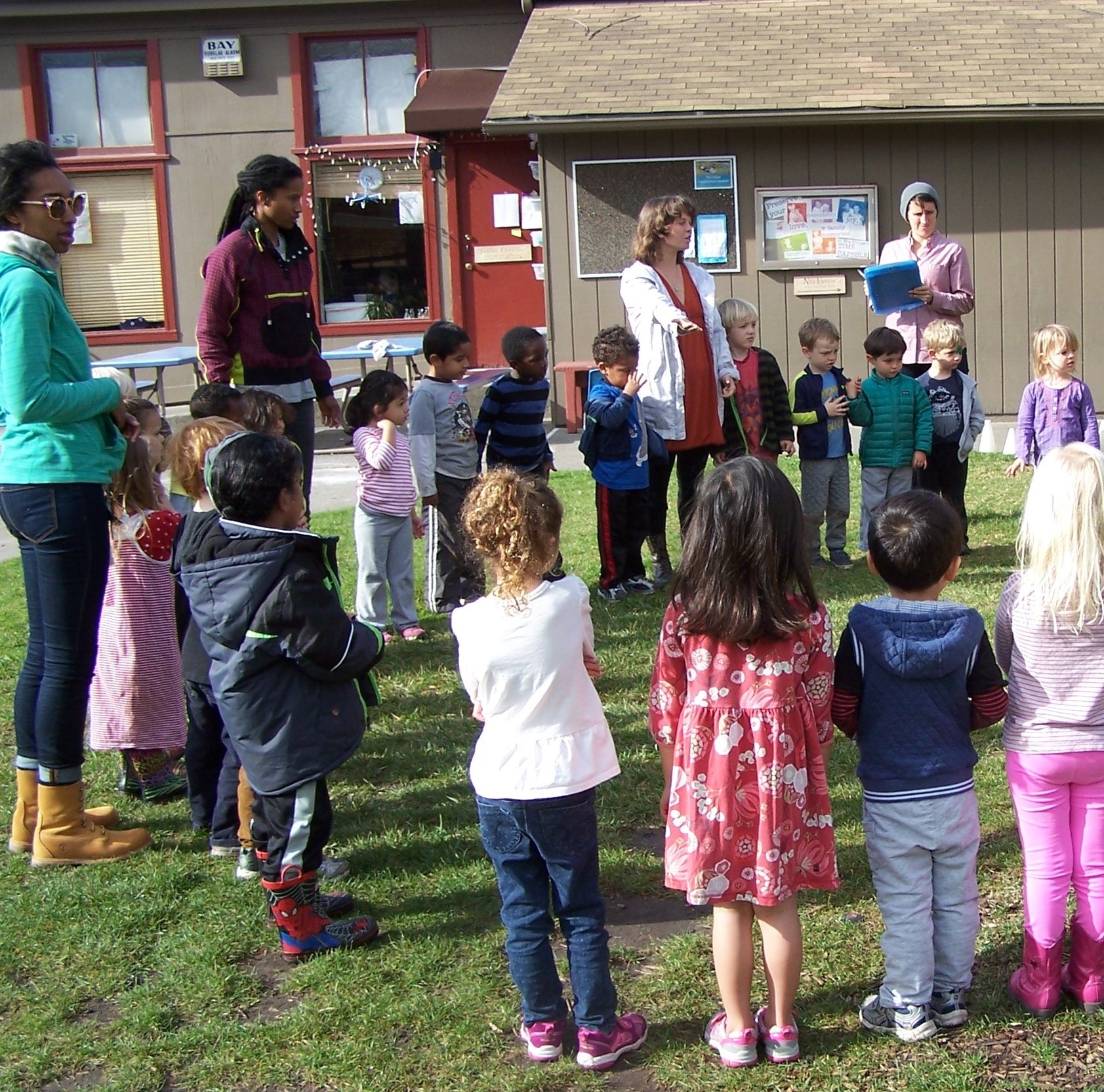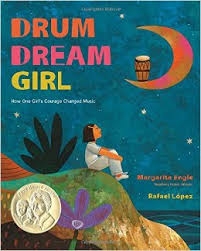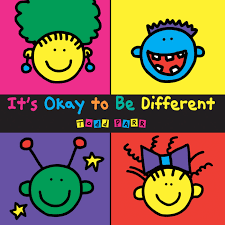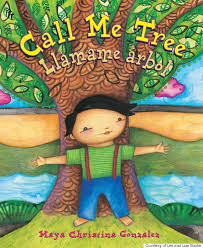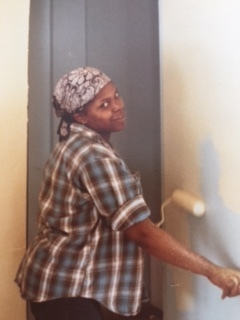At Nia House we want to help support the healthy development of children in all aspects of life, including gender. We recognize that this is a formative time in children’s life, a time of exploration, curiosity, experimentation, and of making sense of the world around. As we embark in supporting children in their development of a healthy understanding of gender, we look to children’s stories that can expand, mirror, or introduce gender in diverse and affirming ways.
Book List Provided by:
BAY AREA RAINBOW DAY CAMP
About Chris Nina Benedetto. 2016. A young child knows he is a boy, despite the fact that he has a female body, has the strength and courage to be himself.
Morris Micklewhite and the Tangerine Dress, Christine Baldacchino, Groundwood Books (2014). 4-7 Years old. Beautifully illustrated picture book about gender expression and how parents can help children combat the teasing that often accompanies gender expansive youth at school.
Not Every Princess, Jeffrey Bone and Lisa Bone, Magination Press (2014). Ages 5-7. A book that uses art and poetry to play with gender stereotypes. Silly and imaginative, it invites children to laugh along.
The Different Dragon, Jennifer Bryan, Two Lives Publishing (2006). Ages 2 and Up. The story of dragon Noah who doesn’t want to be fierce and happens to have two moms introduces young children to family diversity.
Be Who you Are, Jennifer Carr, AuthorHouse (2010). Ages 7 – 12. A book that helps frame the type of respectful explicit conversations we must have with our children and schools about gender identity, gender expression and social transitions. The book also discusses the process of working with counselors to help the social transition process if children transition after kindergarten. A wonderful and positive book that helps empower children about their gender expansiveness.
The drum dream girl, Margarita Engle, Houghton Mifflin Harcourt (2015) Ages 4-8. Illustrations and rhyming text follow a girl in the 1920s as she strives to become a drummer, despite being continually reminded that only boys play the drums, and that there has never been a female drummer in Cuba. Includes note about Millo Castro Zaldarriaga, who inspired the story, and Anacaona, the all-girl dance band she formed with her sisters.
10,000 Dresses Marcus Ewert and Rex Ray, Triangle Square, (2008). Ages 5-10. Despite family concerns, Bailey continues to dreams of dresses. With the help of a friend, Bailey’s wish comes true.
When Kayla was Kyle, Amy Fabrikant Avid Readers Publishing Group (2013). Ages 5 and up. A great book that discusses gender expansive children and specifically transgender children. This book is unique in discussing female to male gender transitions and handles the topic with sensitivity and kindness in order to building social inclusivity and identity safety in schools.
Artistic Expressions of Transgender Youh Tony Ferraiolo, Ferraiolo (2015).
Made by Raffi Craig Pomranz Frances. Lincoln Children’s Books (2014). Ages 5-9. As a shy boy, Raffi is a loner and teased at school until one day he discovers knitting and decides to make a scarf for his father and a cape for the prince in the school play.
Call Me Tree, Maya Gonzales, Lee & Low (2014) Gender Neutral book about the role of nature in the lives of young children. Bilingual English and Spanish. Beautifully illustrated.
Gender Now Coloring Book, Maya Gonzales, Reflection Press (2014). Coloring book about the history of gender expansive people and gender expansive youth. Empowering and respectful for children.
I am Jazz Jessica Herthel and Jazz Jennings, Dial Press (2014). Wonderful book about the story of Jazz Jennings explaining in child centered and developmentally appropriate ways what being transgender or gender expansive means.
Jacob’s New Dress Ian and Sarah Hoffman, Albert Whitman & Company (2014). Ages 4-7 years. A wonderfully illustrated and rollickingly funny book that celebrates gender expansive children. Jacob is a boy who wants to wear a dress to school, much to the chagrin of a boy at school! Jacob has the support of his parents and a strong allies at school.
Roland Humphreys Wearing a What? Eileen Kiernan-Johnson, Huntley Rahara Press (2013). Ages 5-8. A book that helps expand gender stereotypes around gender expression. Another book about boys and dresses, and this book has colorful illustrations and fun verse.
My Princess Boy, Cheryl Kilodavis, Aladdin (2010). Ages 4-8 years old. One of the first books to celebrate princess boys who wear dresses and pink. The book provides a window of family and gender diversity and the loving support of parents and siblings of their princess boys. It continues to be treasured!
One of a Kind, Like Me / Único Como Yo by Laurin Mayeno (2016). Bilingual storybook about a very special young boy.
Truly Willa Willa Naylor and Bex Naylor (Illustrator) Willa Naylor (2016). The Story about Willa Nayor a 8 year old trans advocate from Malta, Europe. Her family’s journey of advocating for gender diversity led to the 2015 law in Malta “Gender Identity, Gender Expression & sexual Characteristics.”
Mommy, Mama and Me Leslea Newman, Carol Thompson (illustrator), Tricycle Press (2009) A board book about a typical, fun family day. (Preschool – K)
Daddy, Pappa, and Me Leslea Newman, Carol Thompson (illustrator), Tricycle Press (2009) A board book about a typical, fun family day. (Preschool – K)
All I want to be is Me, Phyllis Rothblatt MFT, CreateSpace (2011). Ages 5-7. A beautifully illustrated book that celebrates gender fluid and gender expansive youth.
The Family Book Todd Parr, Little Brown Books for Young Readers, (2003). Ages 3-8. A lighthearted book that celebrates different families. Comical illustrations make this book entertaining for a wide range of ages.
It’s Okay to Be Different Todd Parr, Little Brown Books for Young Readers (2001). Ages 3-8. A colorful, silly book that honors how we are all a little different.
In Celebration of Harvey Milk, Angela F. Luna, AuthorHouse (2011). In Celebration of Harvey Milk offers educators materials to teach about Harvey Milk in a way that honors his memory and his important contributions to our society while providing support and instructional materials that cultivate compassion and understanding for gay, lesbian, bisexual, and transgender people in our communities.
What Makes a Baby Cory Silverberg, Fiona Smyth (illustrator) Triangle Square Press (2013) This modern, gender-neutral story explains how babies are made. (Preschool – 2nd grade)
King and King Linda De Haan, Stern Nijland (illustrator), Tricycle Press (2001). Ages 3-8. The traditional fairy tale is turned upside down when a young prince falls in love with another prince.
Red: A Crayon’s Story Michael Hall, Greenwillow (Harper Collins, 2015). Ages 4-8. he star of the show is Red, a blue crayon who mistakenly has a red label.
Uncle Bobby’s Wedding Sarah S. Brannan, Putnam (2008). Ages 5-8. A young girl is anxious to maintain her special relationship with in her favorite uncle who is getting married to another man.
And Tango Makes Three Jusin Richardson and Peter Parnell, Henry Cole (illustrator), Simon & Shuster (2005). Ages 5-10. The true story of two male penguins who were given an egg to care for, raise and love.
The Harvey Milk Story Kaarie Krakow & David Gardner, Two Lives Publishing (2002). Ages 7-10. This book tells the true story of the first openly gay elected official in the U.S. who was assassinate in 1978.
Parts & Hearts: A kids (& grown-ups) guide to transgender transition. Jenson J. Hillenbrand and Quinlan Omahne (Illustrator). Lulu Publishing (2016). Ages 4-8. Kid appropriate book helps readers understand transgender transition, both male to female and female to male.
Introducing Teddy: A gentle story about gender and friendship Jessica Walton and Dougal MacPherson (illustrator). Bloomsbury (2016). Ages 3-6. A sweet and gentle story about being true to yourself and being a good friend, Introducing Teddy can also help children understand gender identity.
When Kathy Is Keith Wallace Wong, Xlibris Books (2011). Ages 4-8. An illustrated book written by a psychologist about a female to male transgender youth. Although it discusses the ftm social transition, some have criticized the often negative terms (which parents and guardians can edit out for the very young). It is a powerful book for some to see their reality reflected in pictures and text!
William’s Doll Charlotte Zolotow, Harper & Row (1985). Ages 4-8. A classic book from the classic children’s book author that challenges gender stereotypes and gender expression. Why is it so difficult for a boy to want a doll and why is it so hard to buy a doll for a boy are the central questions of the book.
More book lists and resource:















